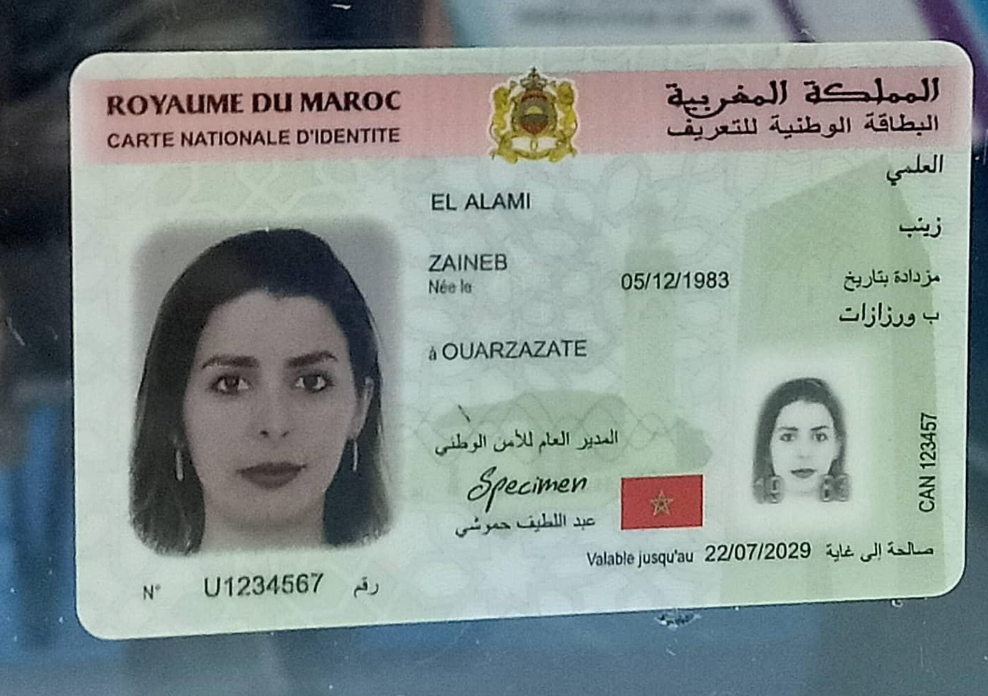Germany Health Insurance Example Number Generator
This article discusses the importance of health insurance in Germany and introduces a number generator tool that can be used to generate example health insurance numbers.
In Germany, health insurance is a compulsory obligation for all residents, granting them access to medical services and covering healthcare expenses. The health insurance system is categorized into statutory and private health insurance. The Germany Krankenversichertennummer, or health insurance identification number, is an integral component of this system, facilitating the administration and identification processes associated with health coverage.
Example numbers can be helpful for understanding the structure and format of health insurance numbers in Germany. They can also be used for testing purposes or to provide illustrations in educational materials.
Health insurance numbers in Germany typically consist of a combination of letters and numbers. The specific structure varies depending on the type of insurance and the insurance provider.
Statutory health insurance numbers usually start with a letter indicating the insurance provider, followed by a combination of numbers representing the insured person’s identification.
Private health insurance numbers may have a different structure, often including a combination of letters and numbers that uniquely identify the insured individual.
The example number generator tool allows users to generate random health insurance numbers based on the structure of different insurance types. It can be a valuable resource for learning about health insurance in Germany.
What is Health Insurance in Germany?

Health insurance in Germany is a crucial aspect of the country’s healthcare system. It is mandatory for all residents, ensuring that everyone has access to necessary medical services and treatment. The primary purpose of health insurance is to cover the costs of healthcare, including doctor visits, hospital stays, medications, and other medical expenses.
In Germany, health insurance is divided into two main categories: statutory health insurance (gesetzliche Krankenversicherung) and private health insurance (private Krankenversicherung). Statutory health insurance is the most common type and is available to the majority of residents, including employees, self-employed individuals, and their dependents. Private health insurance, on the other hand, is an option for those who meet certain criteria, such as high income or self-employment.
Statutory health insurance is based on a solidarity principle, where everyone pays a percentage of their income towards the insurance premium. The amount of the premium is determined by the individual’s income, with higher earners paying a higher percentage. This system ensures that healthcare is accessible to all, regardless of income level.
Private health insurance, on the other hand, operates on a different model. Individuals who choose private health insurance have more flexibility in choosing their healthcare providers and may have access to additional services and treatments. However, private health insurance premiums are typically higher than those for statutory health insurance.
Overall, health insurance in Germany plays a crucial role in ensuring that residents have access to quality healthcare without facing financial burdens. It provides a safety net for individuals and families, allowing them to seek necessary medical treatment without worrying about the cost.
Why are Example Numbers Useful?
Example numbers play a crucial role in understanding the structure and format of Germany SSN Number 7They serve as valuable tools for individuals to grasp the intricacies of health insurance identification. By examining example numbers, one can gain insights into the specific combination of letters and numbers that make up these identification codes.
Moreover, example numbers are not only beneficial for educational purposes but also for testing. They enable individuals to simulate different scenarios and understand how health insurance numbers function in various situations. This can be particularly useful for professionals in the healthcare industry, such as insurance providers and administrators, who need to familiarize themselves with the intricacies of health insurance identification.
Additionally, example numbers can be employed to illustrate the structure and format of health insurance numbers in educational materials. Whether it’s a textbook, training manual, or online resource, incorporating example numbers can enhance the learning experience by providing visual aids and practical examples.
In summary, example numbers are valuable tools that facilitate understanding, testing, and illustration of the structure and format of health insurance numbers in Germany. They serve as practical resources for individuals and professionals alike, enabling them to navigate the complexities of health insurance identification with ease.
Structure of Health Insurance Numbers
The structure of health insurance numbers in Germany is a combination of letters and numbers, which can vary depending on the type of insurance and the insurance provider. These numbers are unique identifiers that help track and manage healthcare coverage for individuals.
In the case of statutory health insurance numbers, they usually start with a letter that indicates the insurance provider. This is followed by a combination of numbers that represent the insured person’s identification. Private health insurance numbers, on the other hand, may have a different structure. They often include a combination of letters and numbers that uniquely identify the insured individual.
Understanding the structure of health insurance numbers is important for both individuals and healthcare providers. It helps ensure accurate record-keeping and efficient management of healthcare services. By having a standardized format, it becomes easier to process and verify insurance information.
Here is an example to illustrate the structure of a health insurance number in Germany:
| Type of Insurance | Structure |
|---|---|
| Statutory Health Insurance | Letter + Numbers |
| Private Health Insurance | Letters + Numbers |
By understanding the structure of health insurance numbers, individuals can easily identify and provide their insurance information when necessary. Healthcare providers can also ensure accurate billing and claim processing, leading to a smoother healthcare experience for everyone involved.
Statutory Health Insurance Numbers

Statutory health insurance numbers in Germany follow a specific format that includes a letter indicating the insurance provider, followed by a combination of numbers representing the insured person’s identification. This format ensures that each health insurance number is unique and can be easily identified by the relevant authorities.
For example, if the insurance provider is AOK, the health insurance number may start with the letter “A”. The following numbers in the combination represent the insured person’s identification, which could include their date of birth, a unique identifier, or other relevant information.
These statutory health insurance numbers are crucial for identifying individuals and ensuring that they have access to the necessary medical services and healthcare. They play a vital role in the German healthcare system and are used for various administrative purposes, such as billing, claims processing, and verification of insurance coverage.
It is important to note that the specific structure of statutory health insurance numbers may vary depending on the insurance provider and the individual’s circumstances. Therefore, it is essential to consult with the relevant insurance company or healthcare authority to understand the exact format and requirements for obtaining a statutory health insurance number in Germany.
Private Health Insurance Numbers
Private health insurance numbers may have a different structure compared to statutory health insurance numbers. They often include a combination of letters and numbers that uniquely identify the insured individual.
Unlike statutory health insurance numbers, which typically start with a letter indicating the insurance provider, private health insurance numbers can vary in their format. They may incorporate a mix of alphanumeric characters, such as letters, numbers, or a combination of both.
These unique private health insurance numbers serve as identification for individuals who have opted for private health insurance coverage. They allow insurance providers to track and manage policyholders’ information and ensure accurate record-keeping.
For instance, a private health insurance number may consist of a letter representing the insurance company, followed by a series of numbers that uniquely identify the insured individual. This combination helps differentiate between policyholders and facilitates seamless communication between the insured individual and their insurance provider.
It is important to note that the specific structure of private health insurance numbers may vary depending on the insurance company and their internal systems. Therefore, it is crucial for policyholders to familiarize themselves with the format and structure of their specific private health insurance number.
By understanding the structure of private health insurance numbers, individuals can easily identify and provide their unique identification when interacting with their insurance provider. This ensures smooth communication and efficient management of healthcare services.
Using the Example Number Generator
The example number generator tool is a valuable resource for individuals looking to learn about health insurance in Germany. With this tool, users can generate random health insurance numbers that are based on the structure of different insurance types. This allows users to familiarize themselves with the format and composition of health insurance numbers in Germany.
By using the example number generator, individuals can gain a better understanding of how health insurance numbers are structured and how they differ between statutory and private health insurance. This tool can be particularly helpful for those who are new to the German healthcare system or for educational purposes.
The generator works by allowing users to input specific parameters, such as the type of insurance and the desired format of the number. It then generates a random health insurance number that adheres to these parameters. This can be a useful tool for testing purposes or for generating example numbers for educational materials.
Overall, the example number generator is a valuable tool for anyone looking to learn more about health insurance in Germany. It provides users with the opportunity to generate random health insurance numbers, allowing them to gain a better understanding of the structure and format of these numbers.

